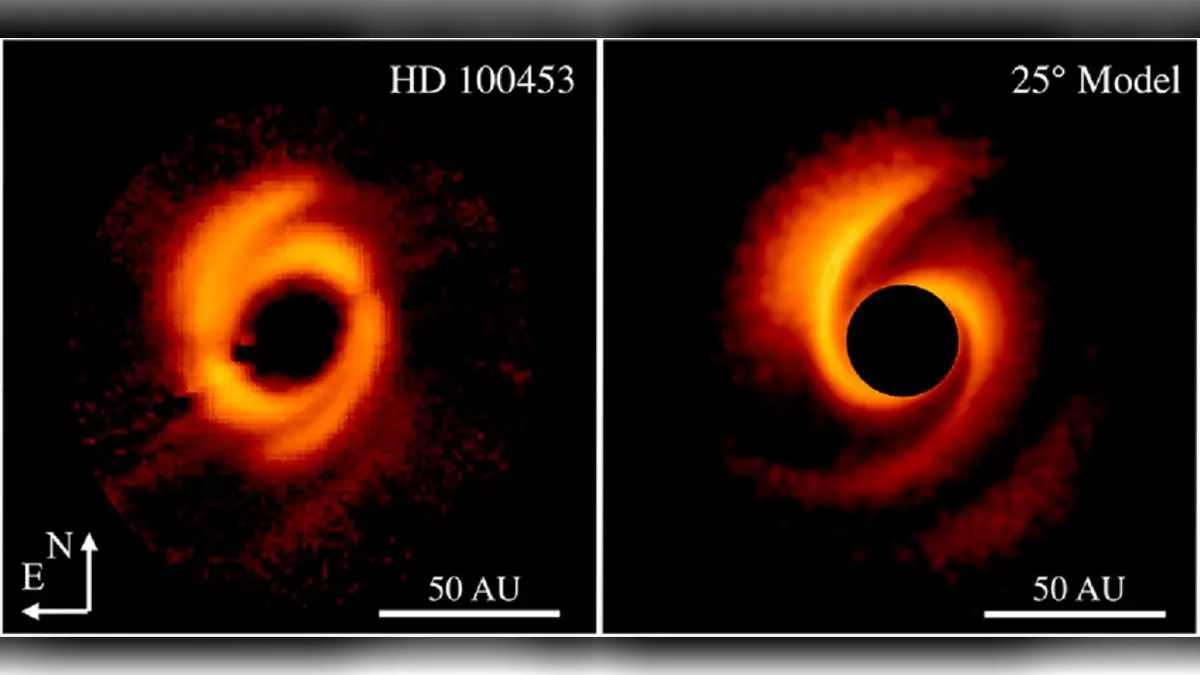Updated 26 June 2025 at 00:26 IST
Alcohol Found in Young Star's Disk May Explain How Life Began on Earth
Scientists have spotted methanol in young star's disk, hinting comets packed with organics may have jumpstarted life on early Earth.
- Science News
- 2 min read

Can alcohol explain why life exists on Earth? Well, if it is at the right place, in the right form, then yes, it can! In a study published on June 5, in The Astrophysical Journal Letters, researchers have found alcohol (main components: ethanol, methanol, etc.) in the orbit of a young star, which could help understand the origins of life on Earth. But how, lets deep dive what the study says.
Isotopes of Methanol Found In Star
Researchers have found isotopes of methanol in the disk of a young star like HD 100453. Methanol is a building block for organic compounds such as amino acids, needed for life. Though researchers have previously detected methanol, this time it is its rarer isotopes, in star-forming disks.
How Was This Methanol Detected?
Numerous young stars have swirling disks of gas and dust hovering around them. These disks, also popularly known as planet-forming disks (protoplanetary disks), provide the material for planets, moons, and comets to form.
Data from the Atacama Large Millimeter/submillimeter Array (ALMA) in Chile was used to make this epic discovery since ALMA maps the chemical composition and distribution of gas in nearby (relatively speaking) protoplanetary disks.
Advertisement
Similar To Comets In Our Solar System?
Our Sun, which is 1.4 million kilometers in diameter, is shockingly smaller than the HD 100453 (53 AU in radius, 1 AU=150 million kilometers). Even the star's mass is 1.6 times the Sun's.
This implies that methanol and other molecules in its disk exist as a gas farther from their home star than would have been the case when our solar system was young.
Advertisement
Smaller stars have cooler disks with molecules normally frozen as ice, which makes it undetectable for ALMA, but not in the case of this one.
The ratio of methanol found in HD 100453's disk in comparison to other organic molecules is similar to what is generally found in comets of our solar system.
Comets May Be The Reason We Exist?
Now, since the composition of our comets is similar to the HD 100453 disk, the findings suggest that ices within protoplanetary disks eventually clump together to form comets loaded with complex organic molecules, which may then be delivered to planets through collisions.
Thus, the research suggests that comets may have played a big role in delivering important organic material to the Earth billions of years ago. They may be the reason why life, including us, was able to form here.
Published By : Shashwat Bhandari
Published On: 26 June 2025 at 00:26 IST
